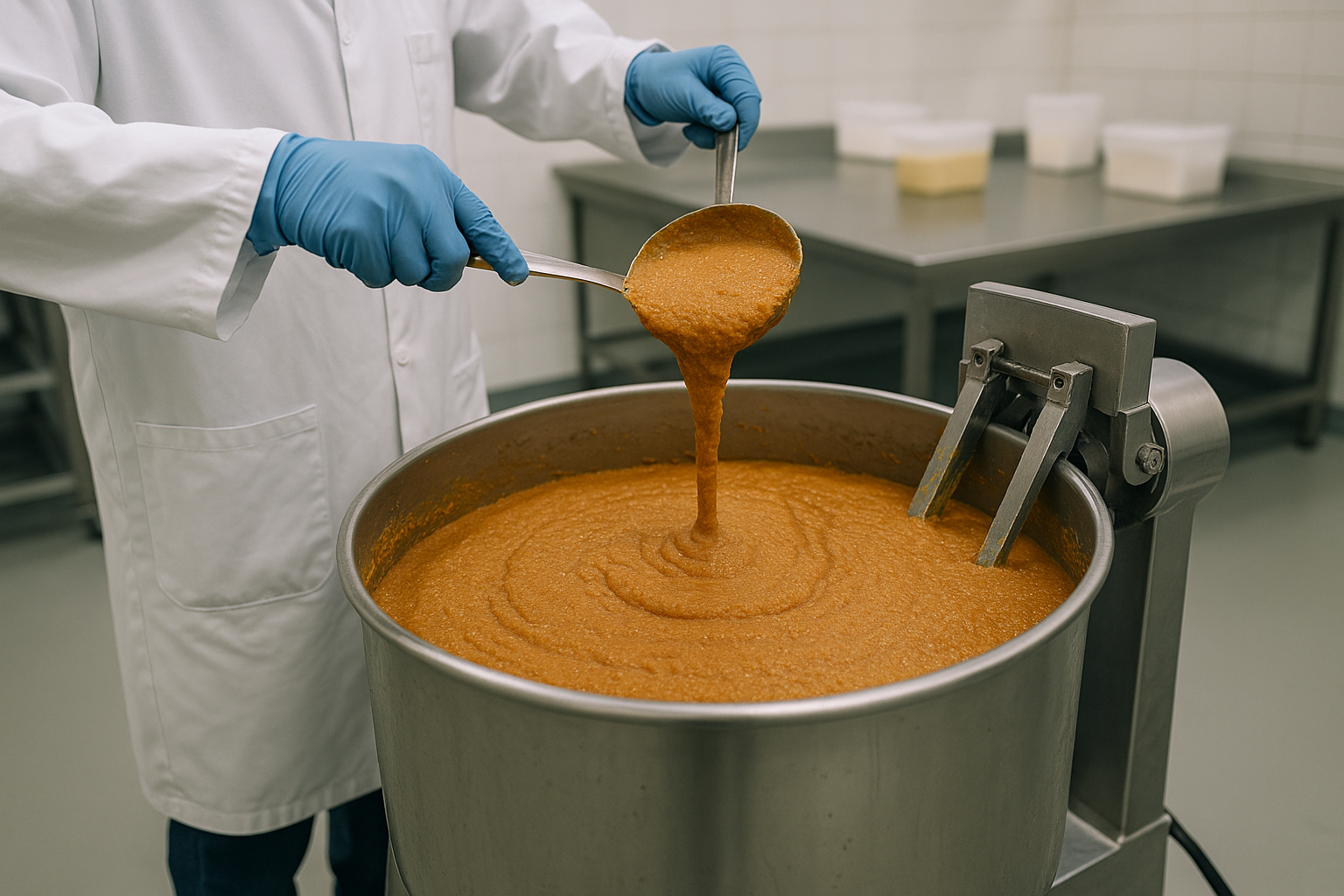African Nations Unite to Use Sterile Insect Technique to Protect Harvests
In a major development, Morocco recently completed the construction of a state-of-the-art mass-rearing facility in Agadir designed to bolster the application of the SIT in citrus production.

As the global community observes the International Day of Plant Health, a collaborative effort is underway across Africa to embrace environmentally sustainable strategies in combating insect pests that devastate fruit and vegetable crops. At the forefront of this initiative is the sterile insect technique (SIT), a powerful, eco-friendly pest control method gaining traction across the continent.
Morocco Leads with New High-Capacity Facility
In a major development, Morocco recently completed the construction of a state-of-the-art mass-rearing facility in Agadir designed to bolster the application of the SIT in citrus production. This facility, a cornerstone of Morocco’s growing agricultural infrastructure, will soon have the capacity to produce up to 130 million sterile Mediterranean fruit flies each week. These insects are sterilized through precise radiation techniques before being released into the environment, where their inability to reproduce significantly reduces pest populations over time.
Citrus is a key pillar of Morocco’s agricultural economy, and the introduction of this advanced SIT facility is expected to both safeguard local yields and enhance the competitiveness of Moroccan citrus in global markets.
Knowledge Exchange at Agadir Workshop
To leverage this new infrastructure and share best practices, experts from 16 African countries convened in Agadir in late April for a comprehensive workshop focused on integrated pest management and the deployment of SIT. The workshop was organized under a technical cooperation project by the International Atomic Energy Agency (IAEA) in collaboration with the United Nations Food and Agriculture Organization (FAO).
Participants explored various aspects of SIT implementation, including surveillance strategies, suppression programs, and integration with other pest control methods such as baiting and biological control. The workshop also featured hands-on visits to the fruit fly mass-rearing and irradiation facilities, as well as field sites where SIT-based interventions are actively being conducted.
Reducing Pesticide Use and Preserving the Environment
The integration of SIT into pest management systems offers significant environmental and economic benefits. By targeting pests like the Mediterranean fruit fly without relying on chemical pesticides, farmers can significantly reduce pesticide residues in produce and protect the biodiversity of their agricultural landscapes. This, in turn, enables better compliance with international food safety standards, opening new export opportunities for African fruits.
"The combination of SIT with other eco-friendly control methods provides a sustainable solution to pest problems that have long plagued our fruit industries," noted one workshop participant. "It helps reduce infestations while improving the quality of our agricultural exports."
Battling the Invasive Bactrocera dorsalis
One of the most pressing threats discussed at the workshop was the spread of the invasive fruit fly species Bactrocera dorsalis. First detected in Africa in 2003, this pest has caused severe losses in mango production, with up to 90% yield loss reported in some regions. The pest’s rapid spread has disrupted trade, closed markets, and significantly harmed the livelihoods of farmers across the continent.
“Most African Member States now face an enormous challenge due to the introduction of Bactrocera dorsalis,” said Rui Cardoso Pereira, entomologist at the Joint FAO/IAEA Centre of Nuclear Techniques in Food and Agriculture. “It has caused major damage and limited access to international markets.”
Strengthening Regional Pest Control Systems
The workshop also served as a platform for harmonizing pest control approaches across participating nations. Countries presented updates on their national pest surveillance systems and control programs, focusing on how SIT is being adapted and scaled. The discussions were informed by a set of FAO/IAEA guidelines, which provide international standards on monitoring adult and larval populations, ensuring the quality of sterile insects, and applying phytosanitary measures.
Support from the Atoms4Food Initiative
The SIT initiative forms part of the IAEA’s broader Atoms4Food program, which aims to strengthen food security worldwide through nuclear science and technology. In collaboration with the FAO, the IAEA is empowering countries with cutting-edge tools to combat hunger, support sustainable agriculture, and protect vital ecosystems.
This African regional collaboration marks a significant step forward in sustainable pest control. With continued investment, knowledge exchange, and institutional support, SIT could soon become a cornerstone of agricultural resilience across the continent.
ALSO READ
Controversy Hits Africa Cup: Fines and Bans Shake Teams
Tanzania Clinches Last 16 Spot with Historic Draw at Africa Cup of Nations
Nigeria Dominates Uganda in Africa Cup of Nations Victory
Merck Foundation's Impactful Initiatives Transform Healthcare and Social Issues in Africa and Asia
Morocco's Triumphant Journey in the Africa Cup of Nations









